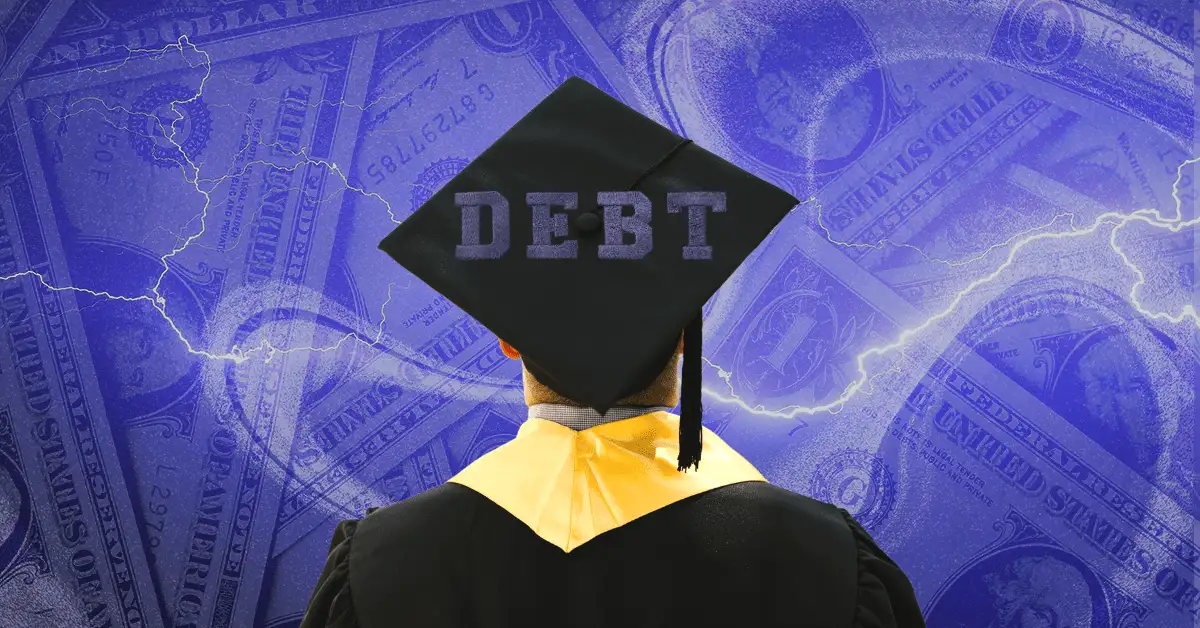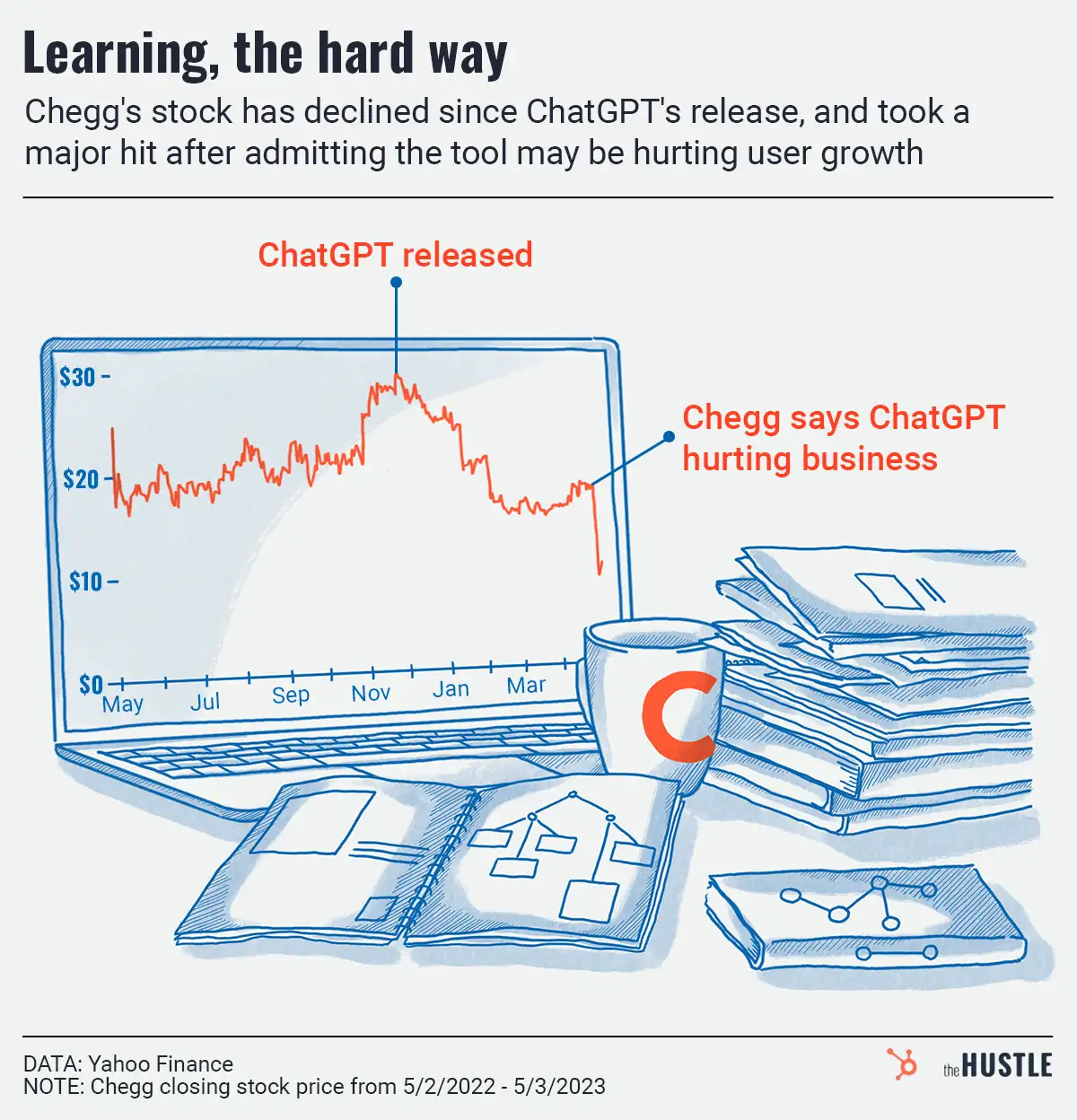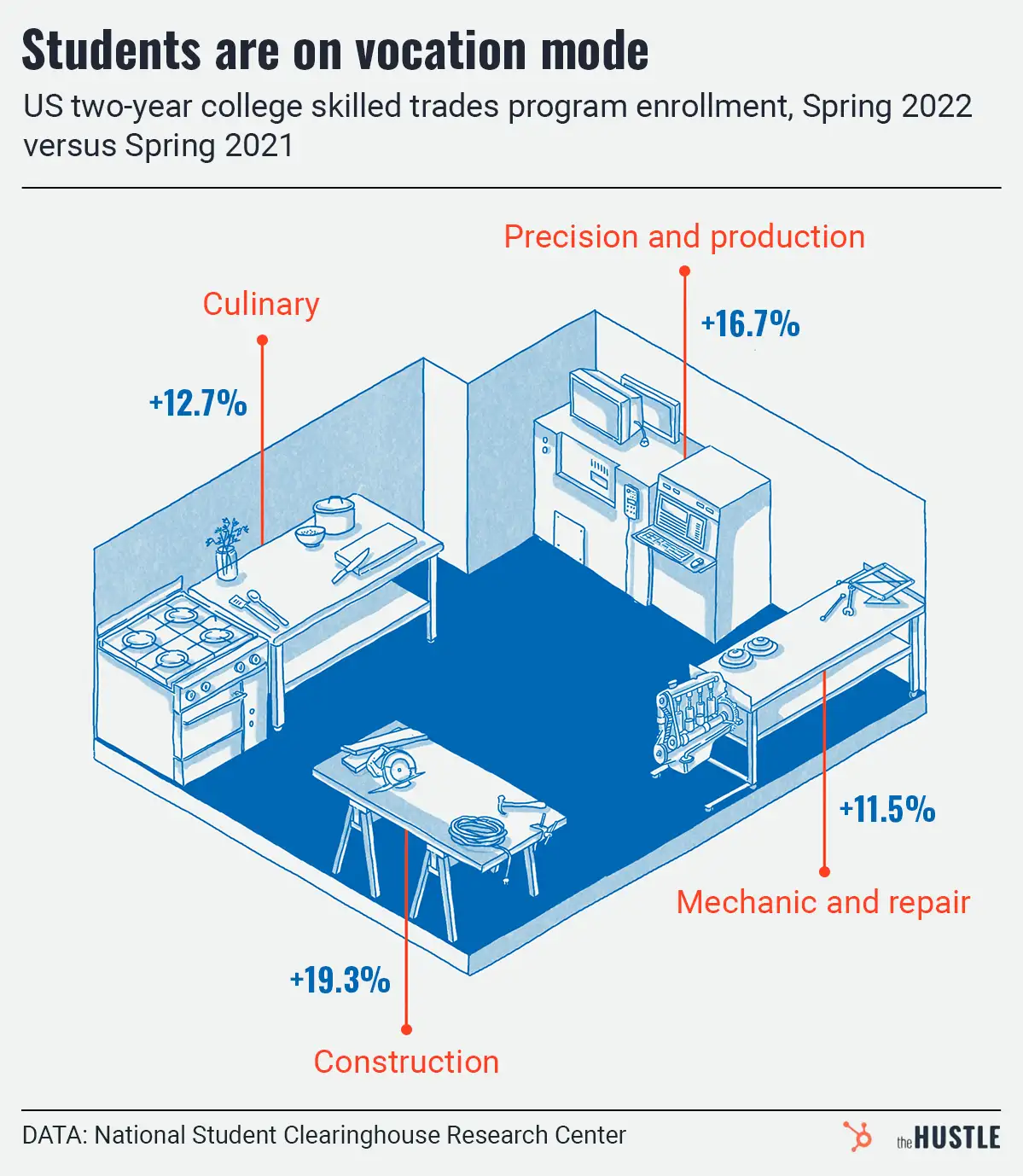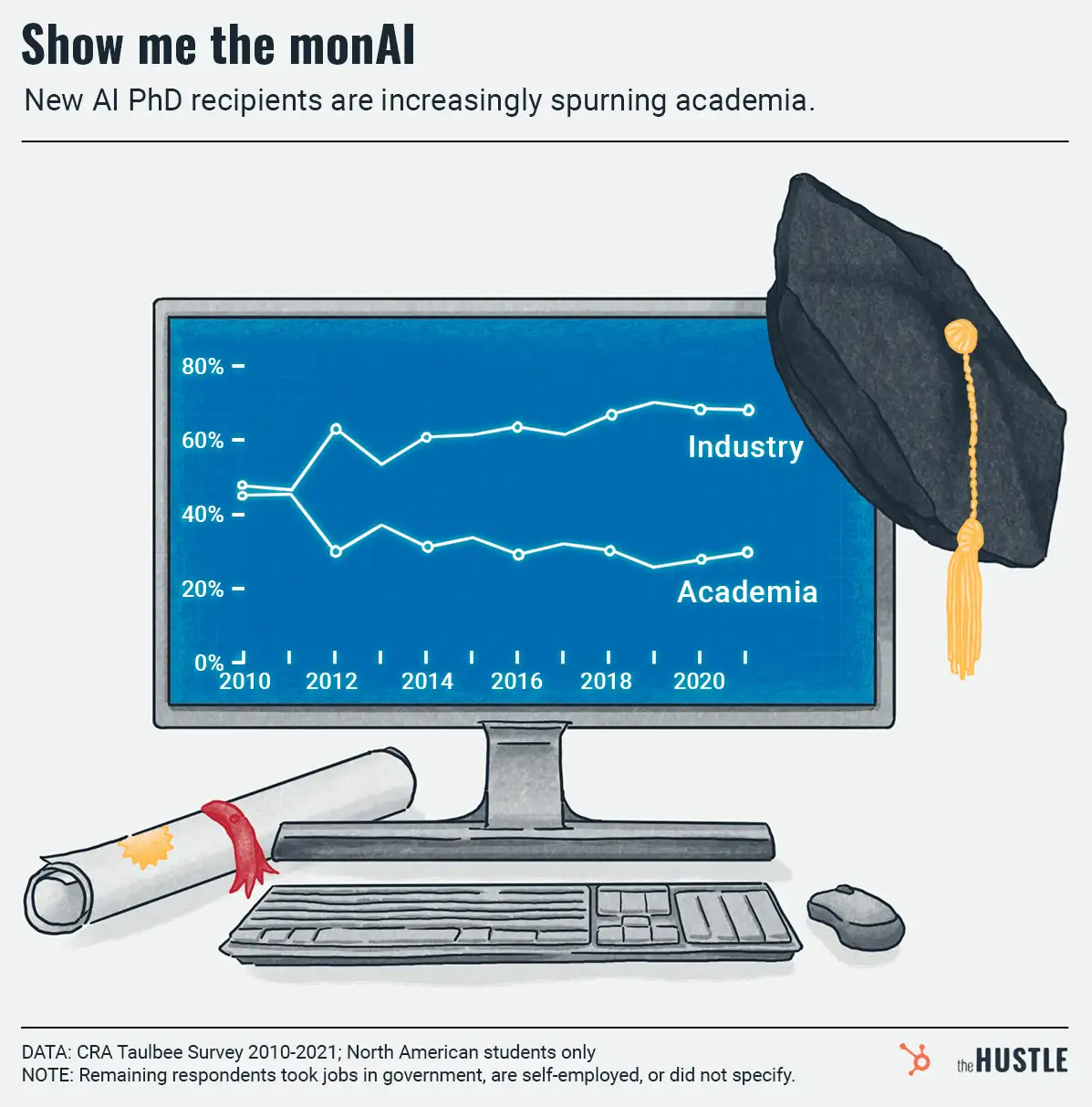At certain points in 2020, Google search volume for “masterclass” surpassed that of “business school.”
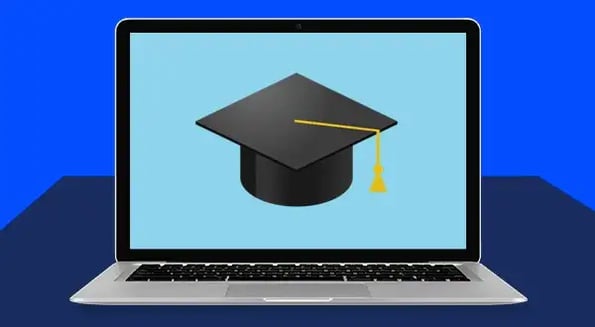
Folks are increasingly questioning the value of traditional higher ed. Why pay Harvard $80k per year when you can take the university’s computer science courses for free on YouTube?
That’s a reality partially brought on by Massive Open Online Courses (MOOCs) over the last decade.
And now, one of the largest MOOCs, Coursera, is going public
In 2011, Stanford professors Andrew Ng and Daphne Koller posted videos of Ng’s machine-learning course online. In short order, 100k+ people viewed it — and boom, Coursera was born.
Today’s Coursera isn’t that different, just magnitudes larger: The platform boasts:
- 4k+ courses from 200+ schools and companies
- 77m registered learners
- A 59% 2020 revenue jump, to $293.5m
Coursera offers everything from one-off courses to certificate programs and some accredited bachelor’s and master’s degrees.
But it’s not the only MOOC shaking things up
EdX built its name around free Harvard-MIT computer science courses and has 35m users. Another, Udemy, is used for upskilling by 80% of Fortune 100 companies.
A widely reported challenge for MOOCs are completion and re-enrollment rates, which in 2018 sat around 3% and 7%, respectively, according to an MIT study.
Which leaves the future of higher ed unclear
The market for online degrees is expected to reach $74B by 2025 — and by 2030, the global education market could reach $10T.
NYU Professor Scott Galloway predicts we’ll see hybrid offerings from partnerships the likes of MIT/Google, UCLA/Netflix, and Berkeley/Microsoft that offer “80% of a traditional four-year degree for 50% of the price.”
But the jury’s still out on how online degrees will replicate the magic and unbridled joy of a beer pong tournament.




